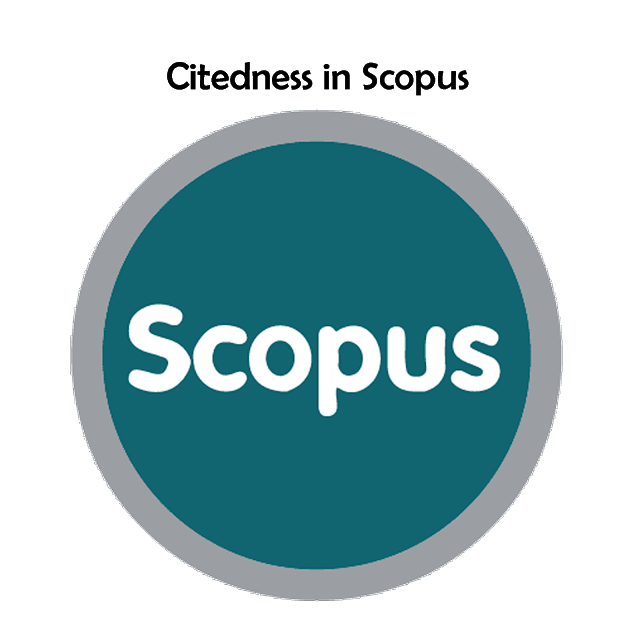DEVELOPMENT OF BLENDED LEARNING-BASED LACSA LEARNING MODELS DURING THE COVID-19 PANDEMIC TO IMPROVE STUDENTS' HOTS ABILITIES
DOI:
https://doi.org/10.21009/jep.v13i1.26740Keywords:
Higher Order Thinking Skills, LACSA, Blended LearningAbstract
The ability to think at a high level is not only memorizing facts or concepts but also requires making something about these facts or concepts. Various studies reveal that the higher-order thinking skills (HOTS) of students in Indonesia are still low, coupled with the Covid-19 pandemic, which requires students to study online. For this reason, researchers develop learning models that invite students to learn, analyze, create, share and apply learning outcomes in life. The model developed is called LACSA, namely, Learn it, Analyze it, Create it, Share it, and Apply it. Lacsa learning model then saw its effect on students' high-level thinking skills. This quasi-experimental study used a pretest-posttest nonequivalent control group design. The research was conducted on two classes at SMPN 30 Tangerang City. One class is designated as a taught control class with K13 and one experimental class with LACSA learning. Data on students' high-level thinking skills and observation tests were then analyzed using descriptive statistics one-way ANOVA. The results showed that classes taught with a blended learning-based LACSA learning model received higher HOTS scores and differed significantly from K13 classes. In addition, lacsa's blended learning-based learning model has the potential to improve students' HOTS in both upper and lower academics. Therefore, the LACSA learning model based on blended learning during the Covid-19 pandemic is recommended for learning.



